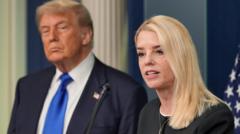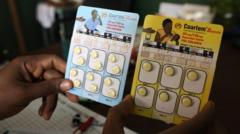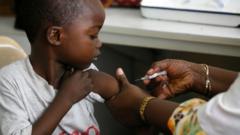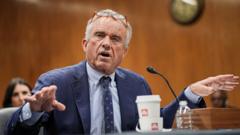With vaccination rates stagnating and skepticism around vaccines growing, experts fear a resurgence of polio, rekindling memories of the disease's devastating impact in the mid-20th century.
Rising Concerns Over Polio Vaccination Rates and Potential Resurgence

Rising Concerns Over Polio Vaccination Rates and Potential Resurgence
Experts warn that declining polio vaccination rates may lead to a revival of the virus, once a significant threat in the U.S., with vaccine skepticism on the rise.
In recent years, the threat of polio, once a focal point of public health concern, has re-emerged as a significant issue amid declining vaccination rates. Although the virus remains endemic in only two countries, concerns are rising due to the presence of a vaccine-derived strain found in various regions, including parts of the West.
Carol Paulk, who contracted polio at the age of three back in 1943, serves as a poignant reminder of the disease's lasting effect; despite her resilience, she has lived with a pronounced limp and persistent pain due to the disease. Historically, polio was responsible for paralyzing around 20,000 people annually in the U.S., leading to numerous fatalities. Thanks to the advent of vaccines, however, cases in the country have dwindled dramatically, with only one linked to international travel recorded over the past decade.
Nonetheless, the decline in vaccination rates could reverse the progress made. Prominent vaccine skeptic Robert F. Kennedy Jr., who is rumored to be in line for a potential health department position, has cast doubt on the effectiveness and safety of vaccines. He has often stated that the notion of polio's near eradication through vaccination is overstated. Kennedy has previously connected controversial claims regarding cancer to early polio vaccine batches, despite scientific evidence failing to substantiate this claim.
As vaccination confidence falters and rates dip, health experts warn that the repercussions could be catastrophic. The legacy of polio, although historically mitigated, could loom large once more if public hesitance towards the vaccine continues. The call for renewed advocacy and public education remains critical to maintaining and increasing vaccination coverage.





















